In the battle of bromine vs. chlorine, which one really is the best sanitizer for your spa? Read on if you want to know the answer!
A hot tub is a place where you can revel in a deliciously immersive kind of relaxation. People love being in one because it can wash away bodily aches and the myriad stresses that come with living in our fast-paced, anxiety-inducing civilization.
The only problem with this idyllic scenario is that hot tubs are usually used at a temperature range where bacteria and other pathogens can proliferate wildly. This means you’re going to need to be particularly vigilant about keeping your tub clean if you want to enjoy your spa without worrying about getting sick.
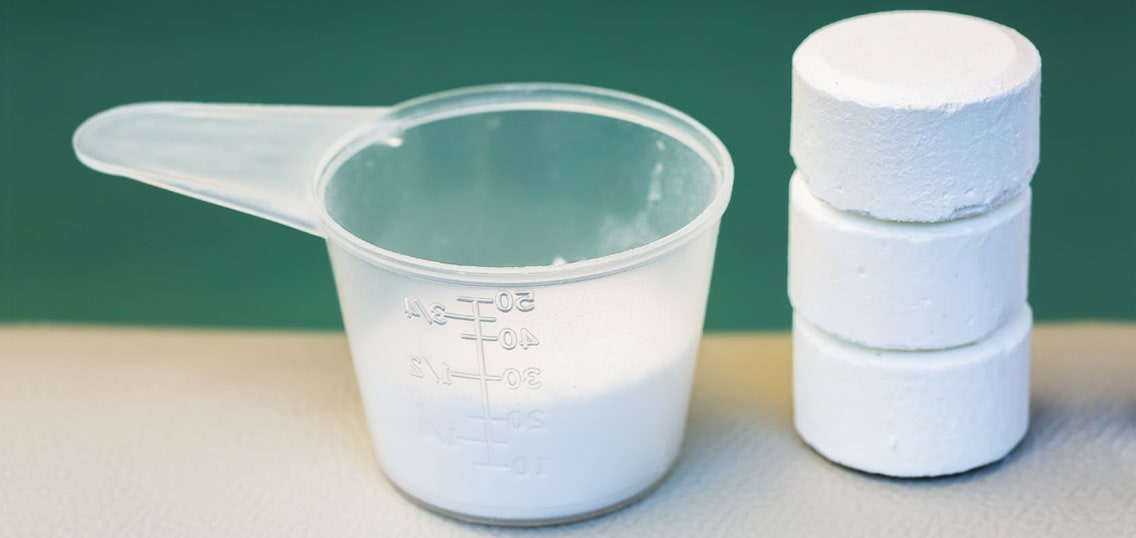
In this article, we’ll answer these three questions:
- What are the significant differences between bromine and chlorine?
- Which one is better for hot tubs?
- Do you need to sanitize if your hot tub has an Ozonator?
Diseases From Poor Sanitation
Bacteria will quickly multiply if you fail to adequately sanitize your hot tub, and a whole host of infections and illnesses can be the result. For example, dermatitis, the most common hot tub-related disease, is caused by water-borne bacteria. Legionella pneumophila is another illness spawned by hot tubs that can be deadly.
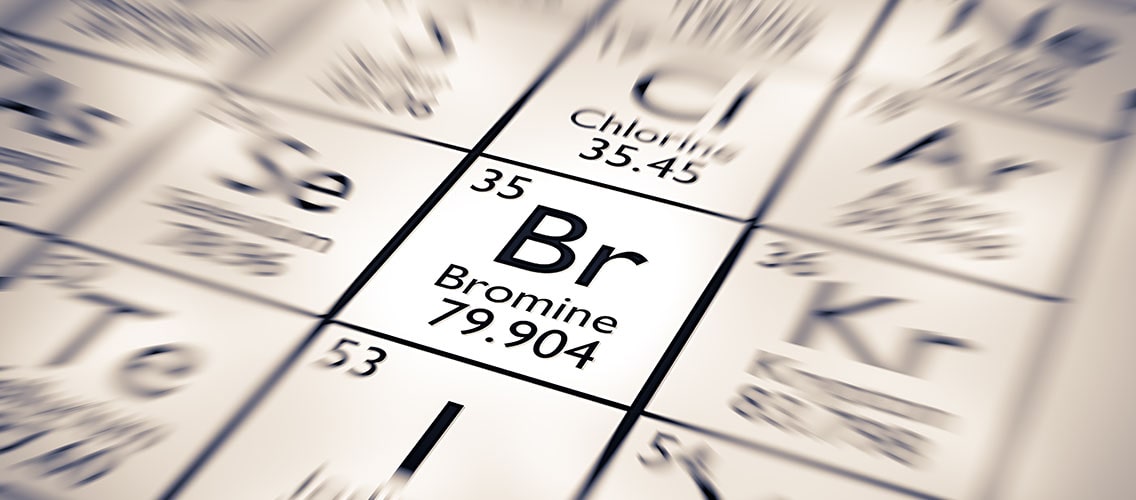
Bromine has chemical similarities to chlorine. However, if you’re thinking of sanitizing your hot tub, you should probably use bromine. That’s because there are differences between the two chemicals that make bromine a better choice for spa use.
Elements vs. Compounds
In their elemental forms, chlorine exists as a pale green gas and bromine as a reddish-brown liquid. These forms of the two chemicals are highly toxic and not intended for hot tub use. In their more complex compound forms, these two chemicals can be used to safely eradicate unhealthy microorganisms from the healing waters of your own private spa.
The Two Major Differences
The two significant differences between these two chemicals are how they react to higher water temperatures and their physical effects on human beings. While chlorine is quicker acting, bromine is more stable in hot water. This is the primary reason chlorine is more often used in swimming pools, and bromine is used more often in hot tubs.
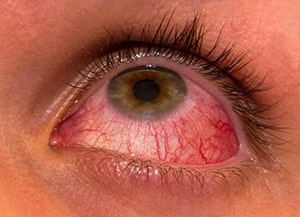
How the Body is Affected
Chlorine is especially damaging for individuals with sensitive skin or eyes and can cause problems with people who have asthma or other respiratory conditions. Bromine is an excellent alternative for individuals with chlorine sensitivities because it’s gentler on the skin.
Although the chemical smell from bromine isn’t as harsh, it lingers longer on your skin than chlorine’s odor.
Other Differences
Bromine is also more unstable than chlorine in ultraviolet light. Sunlight breaks down both chemicals, but bromine deteriorates more rapidly. That’s why if you use bromine in your outdoor hot tub, you should keep the cover on it when you’re not using it.
Even though you’ll initially need to add more bromine to your spa water than you would if you were adding chlorine, you won’t need to add it nearly as often. That’s because chlorine dissipates more quickly than bromine. Therefore, it needs to be replaced more frequently.
While bromine is more expensive than chlorine, you won’t need to add as much bromine in a hot tub as you would in a pool. Bromine has a lower pH than chlorine, which helps to keep your water balanced, so you don’t have to fuss as much with it. Unlike chlorine, bromine requires a floating feeder or cartridge system to function correctly.
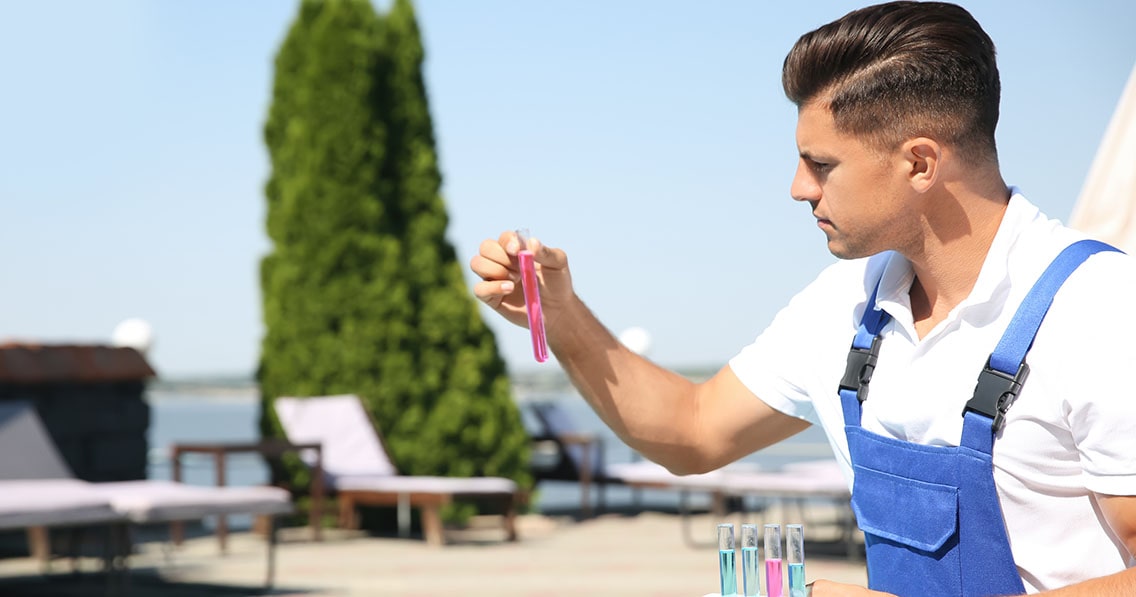
Hot tubs usually cause users to sweat profusely. In addition, urine is often involuntarily leaked into the spa water. The ammonia and other byproducts from the perspiration and urine react with chlorine to form chloramines and bromine to form bromamines. Bromamines are less irritating to the eyes and respiratory tract than chloramines are. They’re less foul-smelling too.
When chloramines get into the humid air hovering over a hot tub, they can trigger debilitating asthma attacks and cause breathing problems. Bromine can be more challenging to wash off your skin after soaking a long time.
When chlorine leaves behind chloramines, these chemical byproducts decrease chlorine’s overall effectiveness. Bromamines also interfere with bromine’s effectiveness, but not as much.
If you’re adding chlorine or bromine to your hot tub and the chemicals aren’t as effective as they once were, you might need to shock your tub to get rid of them.
How Much Should I Add ?
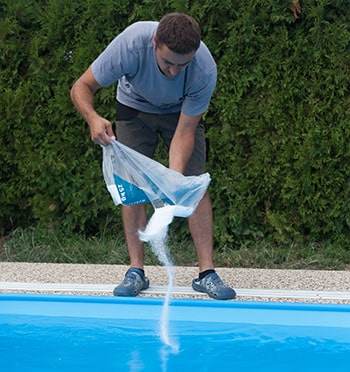
When adding chemicals to hot tub water, always consult the manufacturer’s directions. Use the following as a general guideline:
- Chlorine: 1-3 ppm (parts per million)
- Bromine: 3-5 ppm (parts per million)
Always shoot for the higher end of the scale when adding either chemical.
Chemical Forms
Chlorine and bromine come in one of three forms:
- Sticks
- Tablets
- Granules
Adding Granules
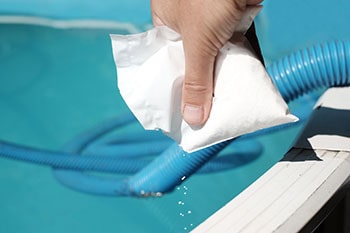
Here’s how to add chlorine or bromine granules to your hot tub:
- Turn your hot tub on.
- Measure the amount of compound recommended by the manufacturer based on your hot tub’s volume.
- Pour the granules into the tub.
- Let the water circulate for 20 minutes to let the sanitizer dissolve.
- Test the water and make adjustments as necessary.
Adding Tablets
Tablets are the most popular form of the two compounds and dissolve slowly in an automatic or floating feeder. Bromine is best added in tablet form using a floating dispenser.
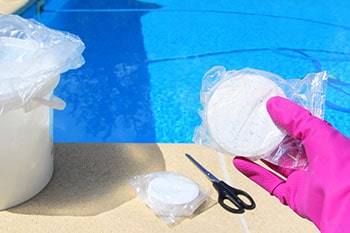
Here’s how to add bromine or chlorine tablets:
- Find out how many tablets the manufacturer recommends based on your hot tub’s volume.
- Place the recommended number of tablets into a feeder.
- Adjust the feeder to the manufacturer’s directions so that the sanitizer is released in a controlled way.
- Hold the feeder under the water for a few seconds. This will push all the air bubbles out and keep it more stable when it floats.
- Test the water over the next few days to ensure proper sanitizer levels. Adjust as necessary.
Don’t Mix the Two
Don’t mix chlorine and bromine together because they can cause a dangerous chemical reaction. If you’re switching from one to the other, you’ll need to drain and clean your spa and do a complete line flush.
Don’t mix them in their dry state because it can cause hazardous vapors to be released. Storing them next to each other can still cause a problem because the fumes they give off can combine, resulting in a fire. That’s why you shouldn’t use the same feeder for both. Even if you think you cleaned it out well enough, chemical residue from each can remain and end up reacting with each other.
Do I Need to Sanitize if I Have an Ozonator ?
These days, many hot tubs come equipped with an “Ozonator,” which destroys impurities and microscopic organisms. However, this protection isn’t sufficient, and a supplemental sanitizer must be used to safeguard the health of all users.
Hot tubs with Ozonators generally use less bromine or chlorine than spas that don’t have this feature because the Ozonator helps sanitize the water.
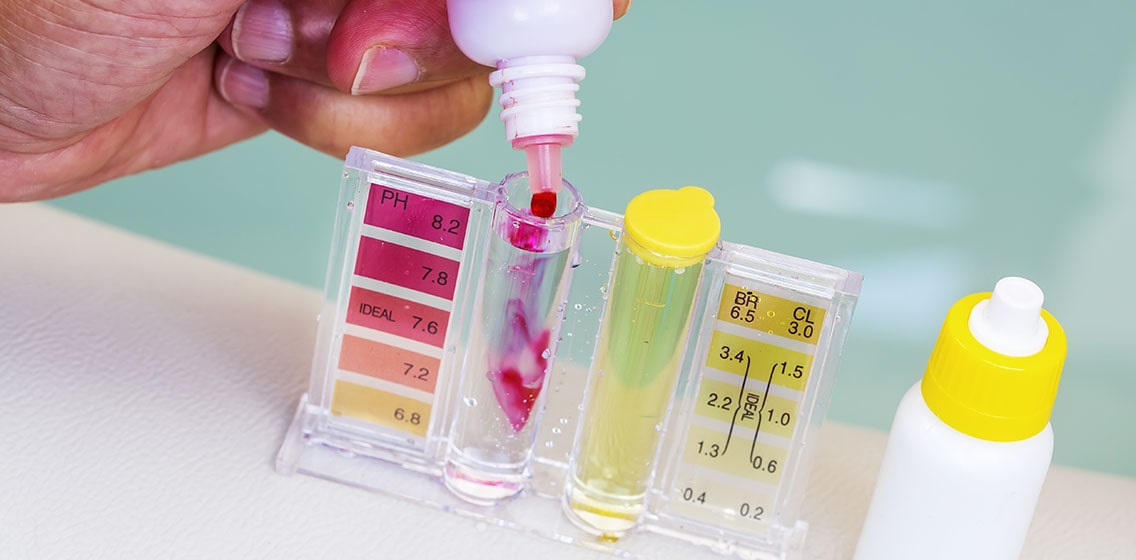
pH is a scale that measures the acidity of your pool water, and the numbers go from 0 to 14. A pH below 7.0 means the water is too acidic. When this happens, the water has a corrosive effect on equipment, pool surfaces, and people.
Try to keep your pH levels between 7.2 and 7.8. If you test your pool water and find out that the pH is too low, you can add baking soda, but only if the water’s total alkalinity is also low. If the alkalinity is in the correct range or too high, use soda ash to raise pH levels.
Final Thoughts
When it comes to sanitizing hot tubs, bromine holds clear advantages over chlorine. The primary benefit is that bromine is more stable at the higher temperatures a hot tub is usually kept at. However, no matter how good you are at maintaining the correct sanitizer levels, you’re still going to need to drain and clean your tub at least once every three months.

Pool Maintenance Tips & Tricks
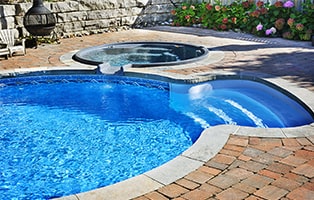

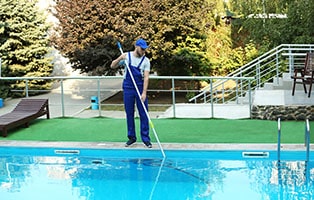
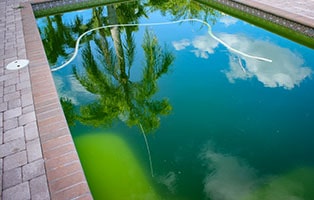
Hi Luke, I have just switched to using bromine tablets in my hot tub. Noticing there are small particles of the bromine being discharged in the water. Will they eventually disappear?